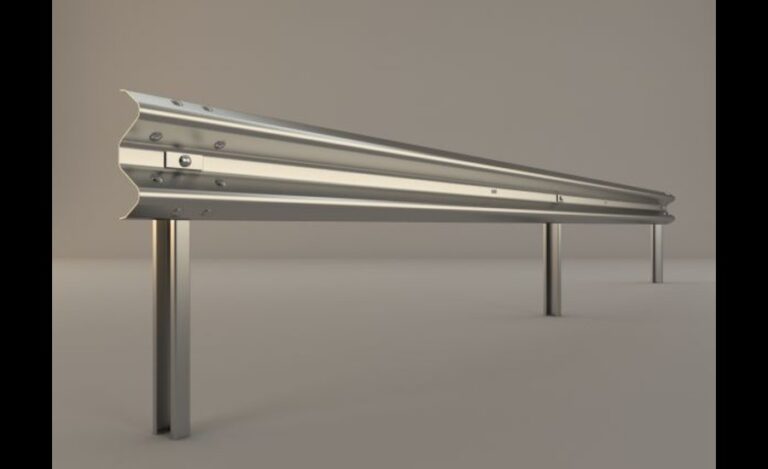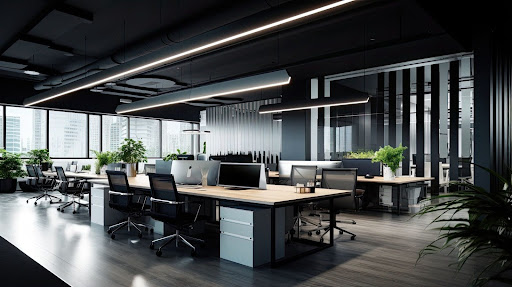Creating Adaptable Workspaces for Seasonal Businesses
An adaptable workspace is vital for any entrepreneur. It boosts productivity and efficiency. Today’s work environment is always changing. An adaptable workplace lets you work anytime, anywhere. It can boost your productivity and let you earn a living from almost anywhere. Different workspaces cater to different needs. You must understand these differences. An adaptable workspace can improve work-life balance and processes. Office interior designers help to make the workspaces more adaptable and productive with their creative ideas.
How to Implement Adaptable Workspaces?
To make an adaptable workspace in your office, use different key strategies. They can help with a smoother transition. First, make the office layout adaptable. It should let employees choose where to work based on their tasks or preferences. Here are some ideas to make workspaces more adaptable.
Activity-Based Working System
Craft a flexible office by empowering employees to define their work schedules. Design an adaptable workspace that encourages movement, collaboration, and adaptability. This method supports “activity-based working.” Workers can use any place or desk that suits them.
In an activity-based working environment, collaboration is key. Employees should discuss and share ideas, no matter their role or department. This openness fosters creativity and innovation. It lets people share diverse views. Employees should also join extracurricular activities. They may not relate to their work. This fosters a culture of learning and cooperation across departments.
Keep Track of Tools Required
To help staff succeed, you must give them the right tools. To create a flexible work environment, technology is essential. For example, video conferencing tools enable great teamwork, even when remote. Also, many businesses give employees tablets and phones to enable remote work. To be productive, businesses must enable their teams so they can work. They should ensure employees have the needed equipment, regardless of their location.
Ensure Collaborative Layout
To foster collaboration, you must focus on a flexible design for the workspace. An effective office layout should include different spaces. They should suit various working preferences. An open office with plenty of floor space can boost teamwork and collaboration. Quiet zones can help those who need to focus or prefer to work alone.
For larger teams, private meeting rooms are helpful. They allow for focused discussions and small group meetings. By providing areas for different work styles, employees can choose their ideal environment. This will boost their productivity.
An adaptable workspace design supports diverse work arrangements. It also helps employees adapt to changes. Designing the office to suit different work styles empowers employees. They can use the spaces that help them work best. This leads to a smoother transition and better performance.
Important Aspects of Adaptable Workspaces
A flexible workspace should take into account many important considerations. To help complete tasks, the layout must support various work styles. It should be flexible enough for both team and solo work. It may mean creating quiet spaces for staff to focus. Also, it may mean open areas for team discussions.
Location
Flexible workspaces have changed over the years. They are now common in the professional world. Offices have established permanent workstations using cubicles, conference rooms, and equipment. These setups offer privacy, comfort, and a sense of security. But they can also restrict their freedom to move around and adapt to different tasks or needs.
If being close to customers is important, a shared workspace could be perfect. Co-working spaces may be perfect for those who often collaborate. In most businesses, you’ll find a mix of these options. This allows a balanced approach to meet different needs and preferences.
Accessibility
Facilitate easy access and departure for staff members to foster a welcoming and productive work environment. This will create a welcoming and productive work environment. It’s imperative to first determine whether the area satisfies accessibility standards. This will guarantee simple access to a movable workstation.
A subpar workstation can lead to many issues. The complicated facility makes it difficult for employees to navigate. This could create problems for visitors. Those unfamiliar with the facility or flexible workplace may struggle to navigate it. Confusion and discontent may result from this. We must focus on accessibility for all users. We must design a secure, functional environment.
Design
When choosing a flexible workspace, consider the design and type. They must suit your needs. Many flexible workspaces use open-plan offices. They improve employee communication and teamwork. What office layout do you prefer? A traditional setup or an open design? Also, consider how often people visit your office. Is it vital for your team to work together often? After choosing the best workspace type for you, figure out how much space you’ll need.
Conclusion
Creating adaptable workspaces is essential for modern businesses, boosting productivity and work-life balance. Design flexible office layouts. Include open areas, quiet zones, and collaborative spaces. This will support diverse work styles and preferences. A design that balances privacy and collaboration is key. It must be accessible and thoughtful. This will create a welcoming and functional workspace. A flexible office layout boosts productivity and staff happiness.
For example, activity-based working lets employees choose their work environment and schedule. This fosters creativity and innovation. The right tools are crucial for remote work success. They include video conferencing and mobile devices. This is how you can create adaptable workspaces for seasonal businesses easily.






